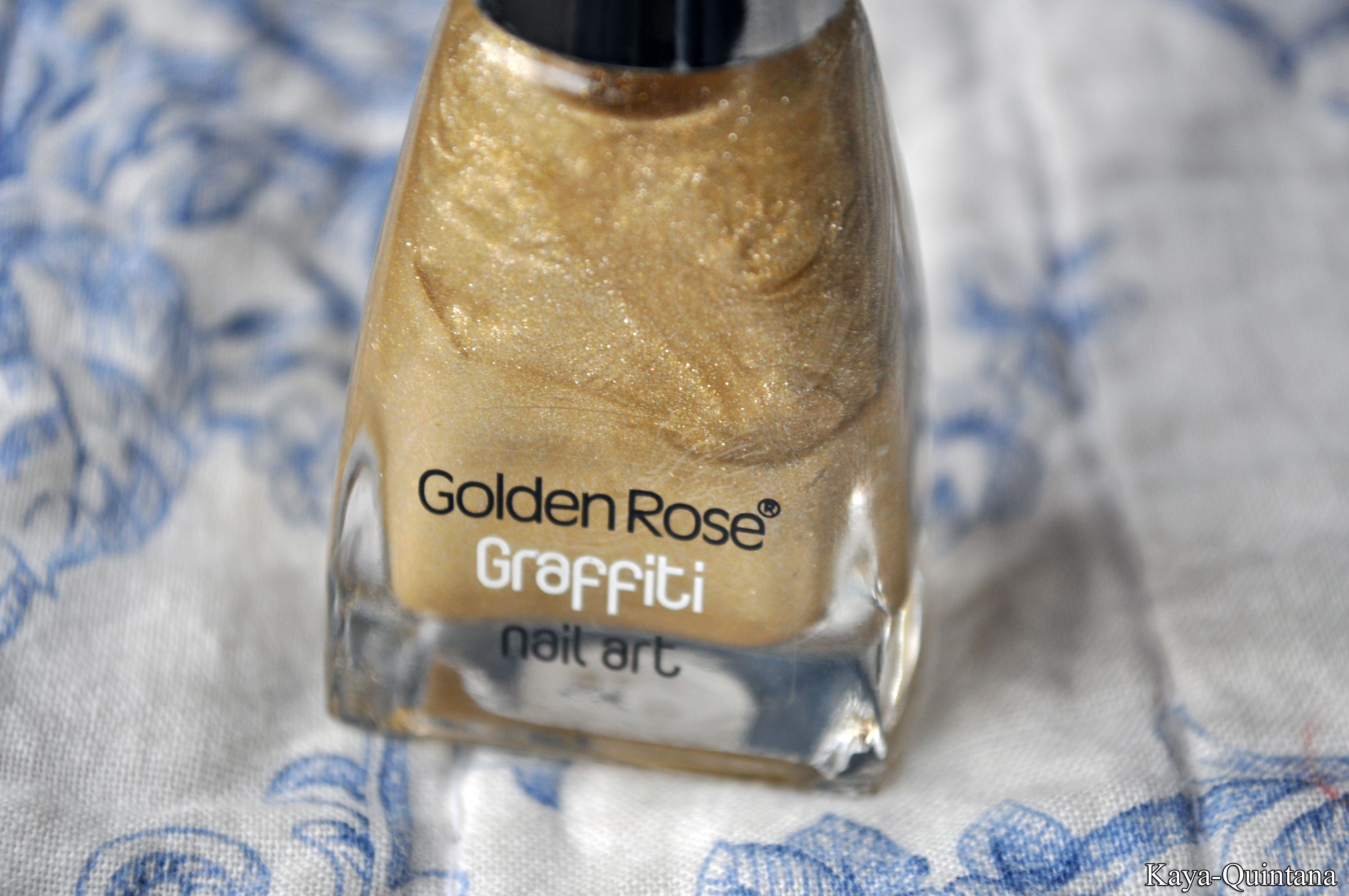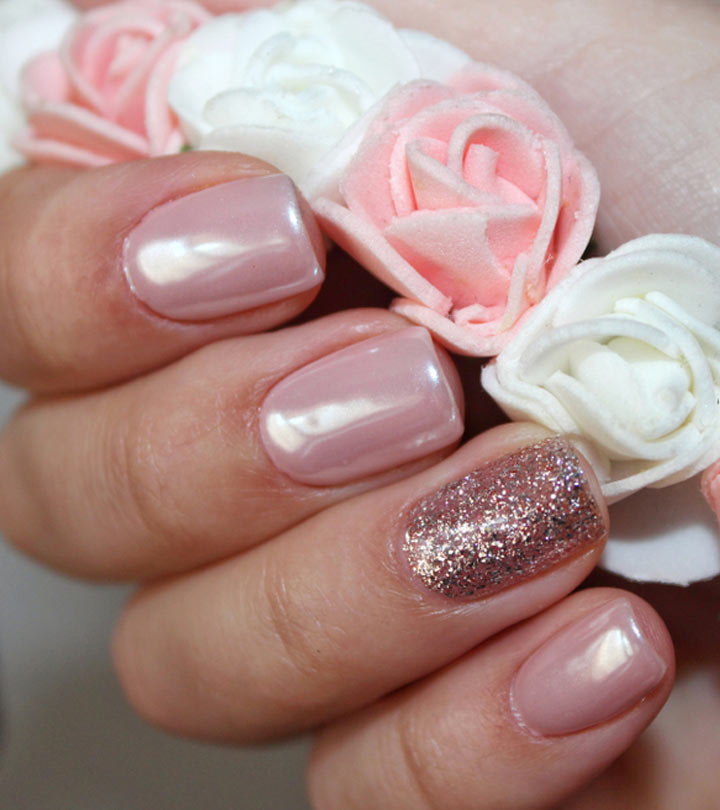
The tetrahedral sheets consist of silica tetrahedra, each silicon ion surrounded by four oxygen ions. It is the relatively weak ionic bonding between TOT layers that gives mica its perfect basal cleavage.

The TOT layers in turn consist of two tetrahedral sheets ( T) strongly bonded to the two faces of a single octahedral sheet ( O). The crystal structure of mica is described as TOT-c, meaning that it is composed of parallel TOT layers weakly bonded to each other by cations ( c). Deposits of mica tend to have a flaky or platy appearance. Micas are translucent to opaque with a distinct vitreous or pearly luster, and different mica minerals display colors ranging from white to green or red to black. All crystallize in the monoclinic system, with a tendency towards pseudohexagonal crystals, and are similar in structure but vary in chemical composition. The mica group is composed of 37 phyllosilicate minerals. The mineral is used in cosmetics and food to add "shimmer" or "frost." Micas are used in products such as drywalls, paints, fillers, especially in parts for automobiles, roofing and shingles, as well as in electronics.


It is particularly prominent in many granites, pegmatites, and schists, and "books" (large individual crystals) of mica several feet across have been found in some pegmatites. Mica is common in igneous and metamorphic rock and is occasionally found as small flakes in sedimentary rock. This characteristic is described as perfect basal cleavage. Micas ( / ˈ m aɪ k ə z/ MY-kəz) are a group of silicate minerals whose outstanding physical characteristic is that individual mica crystals can easily be split into extremely thin elastic plates.


 0 kommentar(er)
0 kommentar(er)
